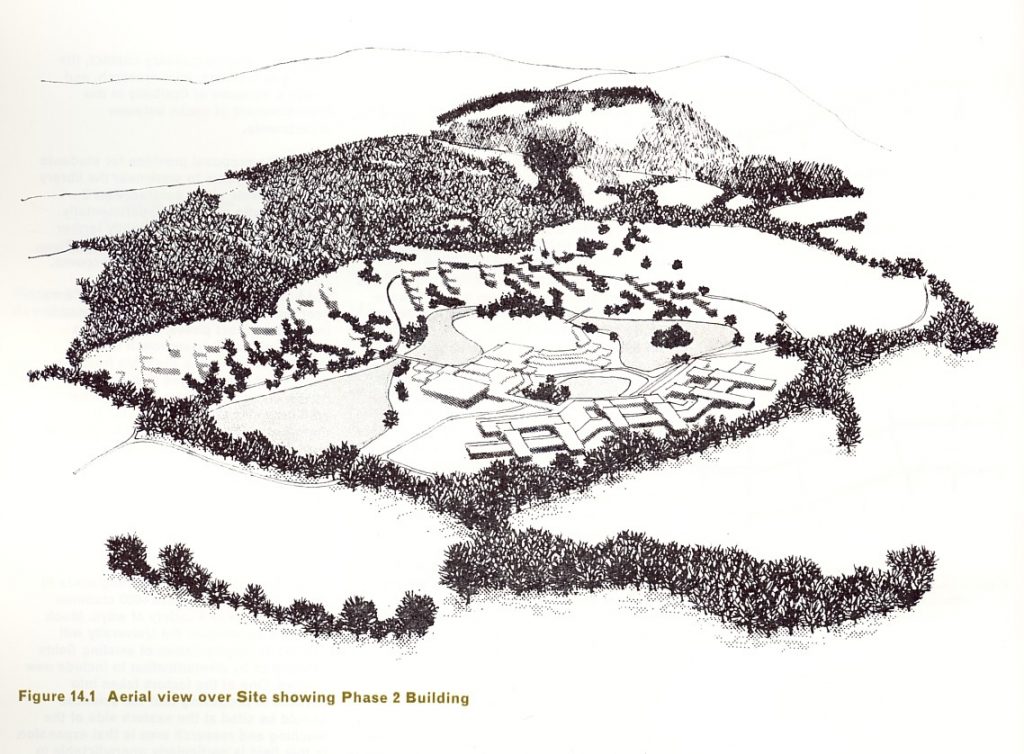Our new JSTOR Open Community Collections website provides access to a range of curated content from the collections held at the University of Stirling Archives. It provides free access to digitised material relating to subjects including Scottish politics, British film history, sporting heritage and nursing history. Our latest addition to the website is a set of documents which trace the establishment and growth of the University of Stirling. This article provides an introduction to the documents and the information they contain, with links to featured items.
In January 1964 the UK Government announced that a new university should be established in Scotland and the University Grants Committee was tasked with selecting its location. A competitive selection process followed, with applications received from towns across the country. Stirling’s submission ‘for the Establishment of a University in and adjacent to the Royal Burgh of Stirling’, set out the case for siting the new university in ‘the heart and hub of Scotland’ with the Airthrey Estate providing a suitable location (ref. UA_C_12_1_3).
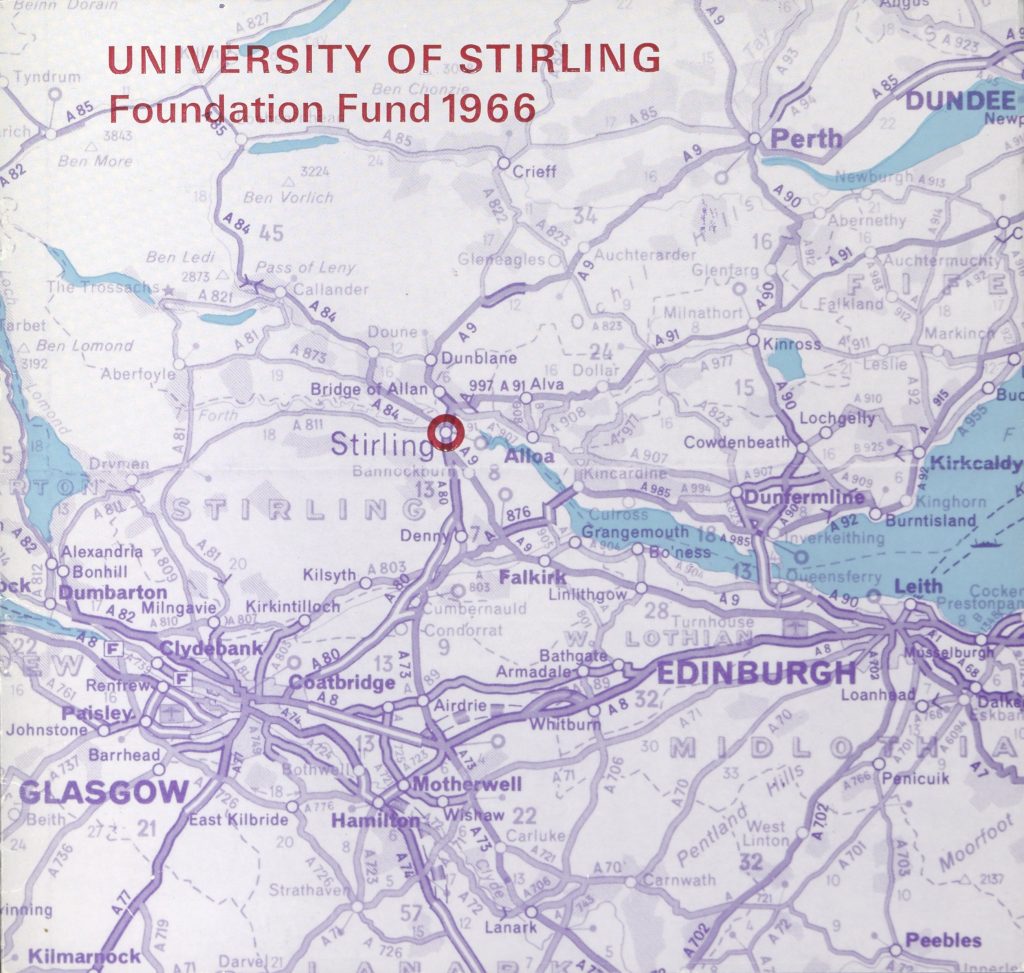
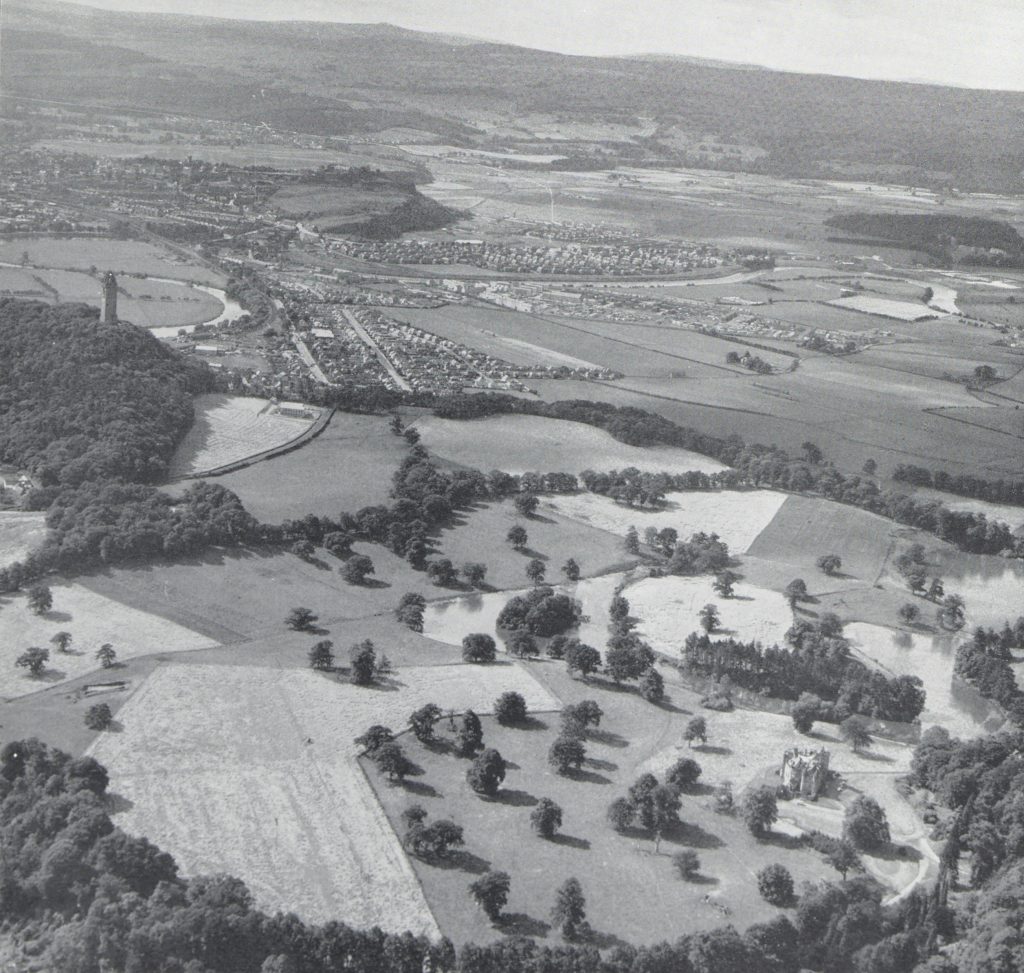
In July 1964 Stirling was announced as the successful applicant and the work of planning a brand new university began. A major fundraising campaign was launched with a glossy illustrated booklet produced for the University of Stirling Foundation Fund (ref. UA_C_12_1_4). The booklet set out the plans for the new university and included several photographs of the Airthrey Estate, its rolling fields ready to accommodate the new university buildings.
The shape and design of the subjects to be taught at Stirling were detailed in the First Report of the Academic Planning Board produced in 1965 (ref. UA_C_12_1_6). The new university was scheduled to open in September 1967 and its preliminary prospectus laid out the subjects on offer for prospective students (ref. UA_C_4_1).
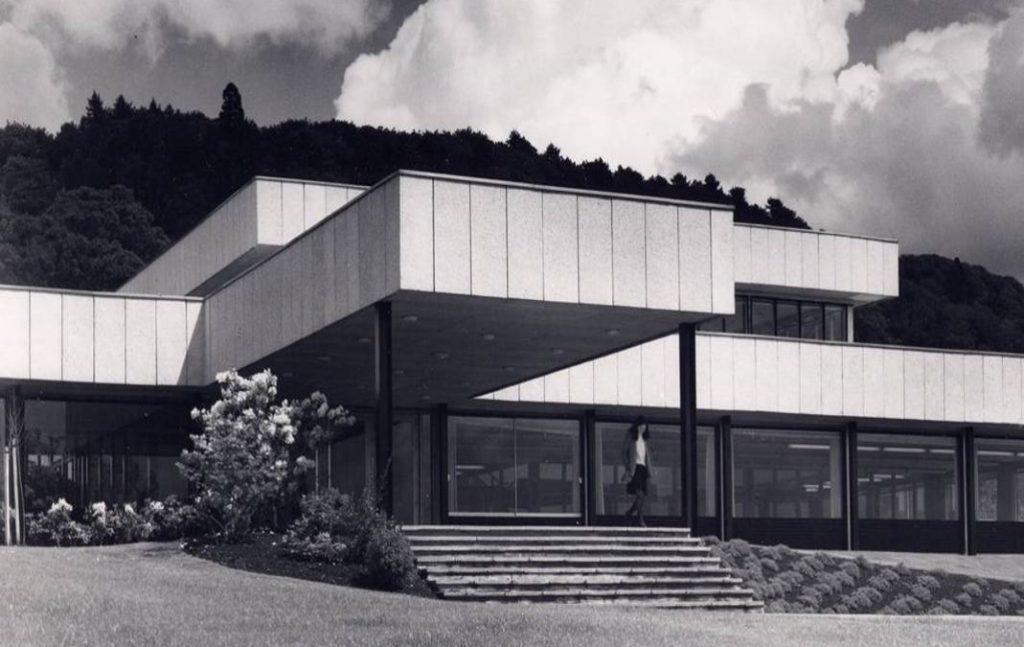
The University of Stirling opened its doors to its first intake of students on 18 September 1967. The 164 undergraduate and 31 postgraduate students were welcomed into the brand new Pathfoot Building which provided all the university’s initial facilities and functions within its walls. A detailed account of the university’s activities in its first year are recorded in the Annual Report for 1967-68 (ref. UA_C_1_1).
In 1968 the architectural firm Robert Matthew, Johnson-Marshall and Partners produced a Development Plan for the university (ref. UA_C_12_1_9). This document is a valuable source of information on the plans for the growth of the new university campus across the Airthrey Estate. The document provides a richly illustrated proposal for the expansion of the university around the loch, setting out detailed projections for future growth and development.
The University produced a series of illustrated Progress Reports in its early years which are also included in this set of documents. Reports produced in 1970 (ref. UA_C_12_2_1) and 1972 (ref. UA_C_12_2_3) feature photographs of new buildings and campus life, while a report entitled The First Ten Years, produced in 1977, looks back on a decade of growth and development (ref. UA_C_12_2_7). Student life is also represented with the first copy of Brig, the student newspaper, from October 1969 (ref. UA_D_2_1_1 ) and the Student Handbook for 1970-1971 (ref. UA_D_1_2).
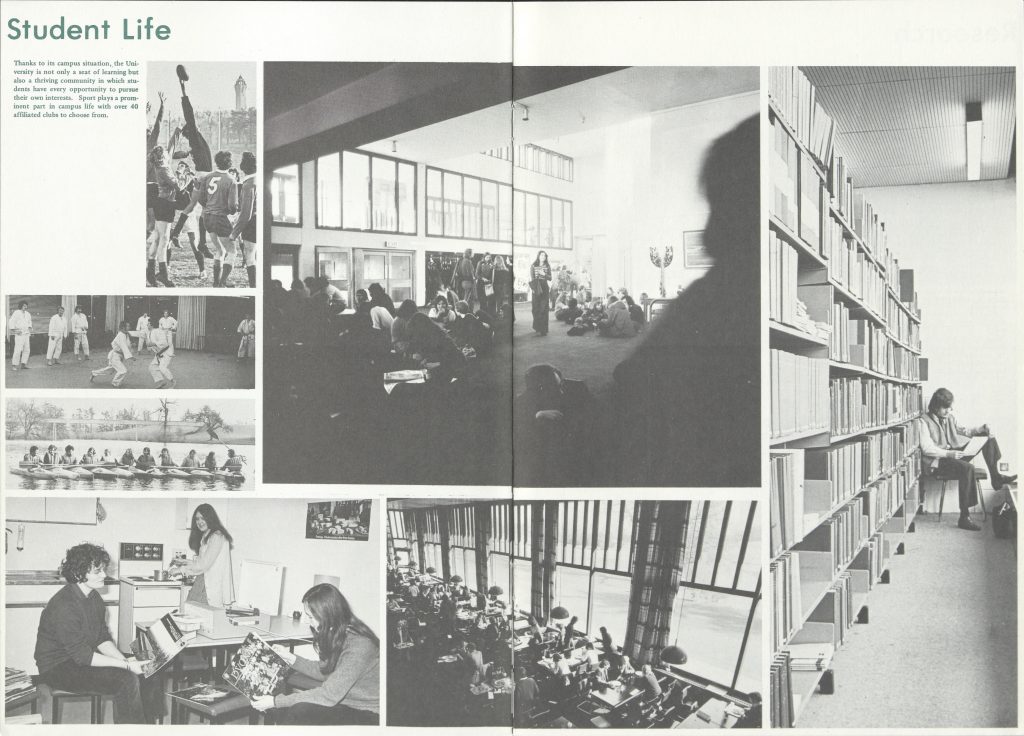
This set of documents provides details of the original vision for the university and traces its physical growth across the Airthrey Estate. The experiences of students and staff in the brand new university are represented in our Brig Digital Archive, which provides access to a fully digitised set of the first twenty five years of Stirling’s student newspaper, and the Stirling Retired Staff Association’s Oral History Project which records the memories of the staff who established the new institution.
